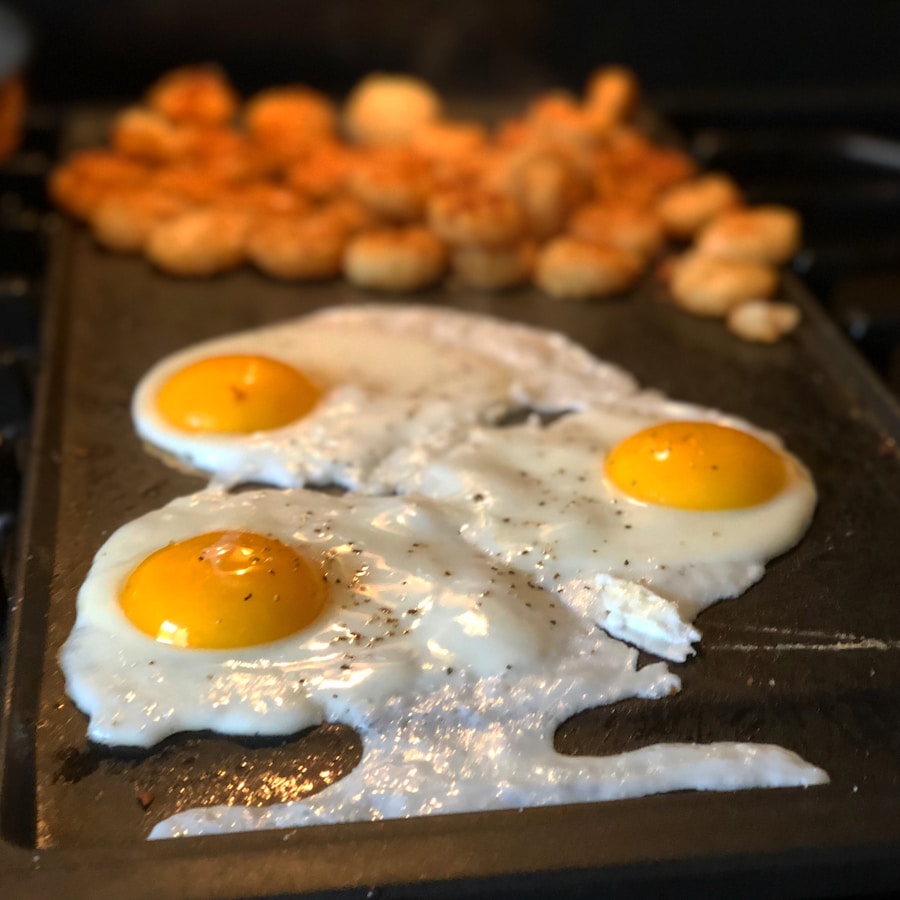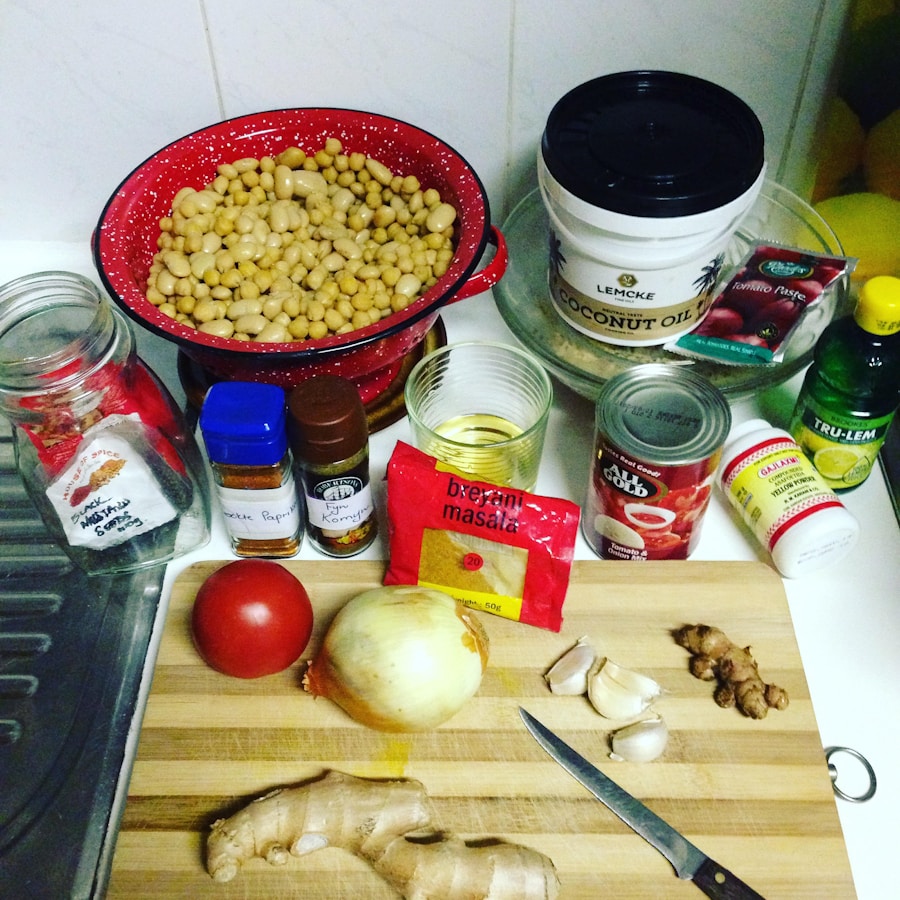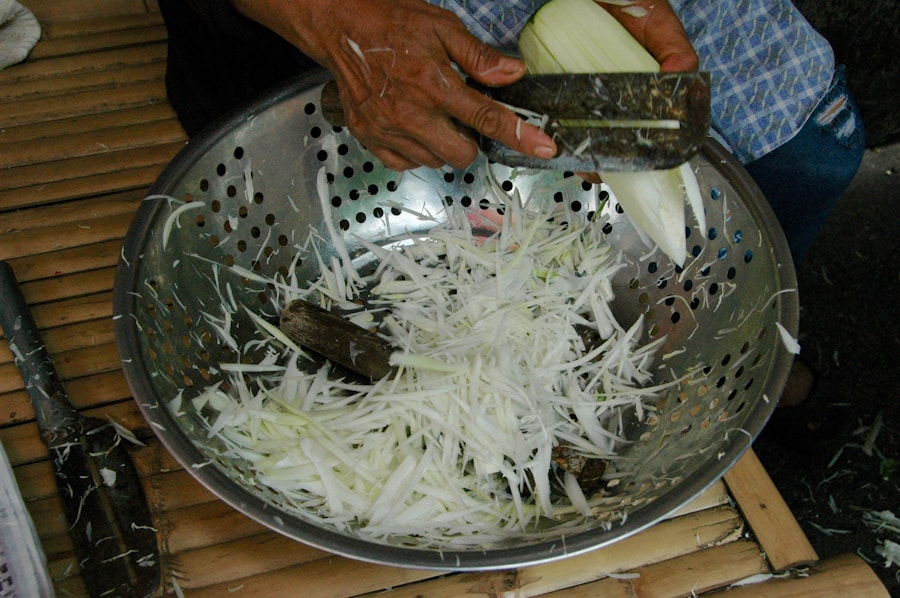Culinary techniques form the backbone of cooking, serving as the essential methods that transform raw ingredients into delectable dishes. These techniques are not merely mechanical processes; they embody the artistry and science of cooking, allowing chefs and home cooks alike to express their creativity while adhering to the principles of flavor, texture, and presentation. Understanding these techniques is crucial for anyone looking to elevate their culinary skills, as they provide the framework for developing a wide array of dishes across various cuisines.
The world of culinary techniques is vast and varied, encompassing methods that range from the simple to the complex. Each technique has its own unique characteristics and applications, influencing the final outcome of a dish. Whether it’s the smoky allure of grilling, the rich depth of roasting, or the precision of sous vide, mastering these techniques can significantly enhance one’s cooking repertoire.
This article delves into several fundamental culinary techniques, exploring their intricacies, benefits, and the essential skills required to execute them flawlessly.
Key Takeaways
- Culinary techniques are essential skills for any cook to master in order to create delicious and impressive dishes.
- Grilling is a classic cooking method that imparts a unique smoky flavor to food and requires careful attention to temperature and timing.
- Roasting is a versatile technique that brings out the natural flavors of ingredients through the use of dry heat, resulting in caramelization and depth of flavor.
- Sous vide cooking allows for precise temperature control, resulting in perfectly cooked food with consistent results every time.
- Choosing the right ingredients for each technique is crucial for achieving the best possible flavors and textures in your dishes.
Grilling: The Art of Cooking Over an Open Flame
The Science Behind Grilling
The high temperatures associated with grilling create a Maillard reaction, a chemical process that enhances the browning and flavor of proteins, making grilled meats particularly succulent and flavorful.
Grilling Beyond Meats
The versatility of grilling extends beyond meats; vegetables, fruits, and even certain cheeses can be expertly grilled to bring out their natural sweetness and enhance their textures. For instance, grilling asparagus can yield a delightful combination of tender-crispness and smoky flavor, while peaches caramelize beautifully over an open flame, making them an excellent addition to salads or desserts.
Mastering the Art of Grilling
Mastering the art of grilling requires an understanding of heat management, as well as the ability to gauge doneness without relying solely on timers. Techniques such as direct versus indirect grilling can be employed to achieve different results, allowing cooks to experiment with various foods and flavors.
Roasting: Enhancing Flavors Through Dry Heat Cooking

Roasting is another fundamental culinary technique that utilizes dry heat to cook food evenly and develop rich flavors. This method is particularly effective for larger cuts of meat, root vegetables, and even fruits. The process involves cooking food in an oven at high temperatures, which allows for caramelization on the surface while keeping the interior moist and tender.
The result is a dish that boasts a complex flavor profile and an appealing texture. One of the key advantages of roasting is its ability to concentrate flavors. As moisture evaporates during cooking, the natural sugars in the food caramelize, creating a rich crust that enhances taste.
For example, roasting a whole chicken with herbs and citrus not only infuses the meat with aromatic flavors but also results in crispy skin that contrasts beautifully with the juicy interior. Similarly, root vegetables like carrots and potatoes develop a sweet, nutty flavor when roasted, making them a perfect accompaniment to any meal. Understanding how to properly season and arrange ingredients on a roasting pan can further elevate the final dish, ensuring that each component is cooked to perfection.
Sous Vide: Precision Cooking for Perfect Results
| Temperature Range | Cooking Time | Food Type |
|---|---|---|
| 120°F – 160°F | 1 – 4 hours | Steak |
| 135°F – 145°F | 45 minutes – 1 hour | Chicken Breast |
| 130°F – 140°F | 1 – 2 hours | Salmon |
| 183°F – 185°F | 8 – 12 hours | Short Ribs |
Sous vide is a modern culinary technique that has gained popularity among professional chefs and home cooks alike for its precision and consistency. The term “sous vide” translates from French to “under vacuum,” referring to the process of sealing food in airtight bags and cooking it in a water bath at controlled temperatures. This method allows for precise temperature control, ensuring that food is cooked evenly throughout without the risk of overcooking.
One of the most significant benefits of sous vide cooking is its ability to retain moisture and enhance flavors. Because food is cooked in a sealed environment, it retains its natural juices and nutrients, resulting in dishes that are incredibly tender and flavorful. For instance, cooking steak sous vide allows it to reach the desired doneness throughout without any risk of drying out or becoming tough.
Once cooked, the steak can be quickly seared on a hot grill or skillet to develop a beautiful crust. Additionally, sous vide can be used for vegetables, eggs, and even desserts like custards, showcasing its versatility across various culinary applications.
Choosing the Right Ingredients for Each Technique
The success of any culinary technique hinges significantly on the quality and appropriateness of the ingredients used. Each cooking method has specific ingredient requirements that can enhance or detract from the final dish. For grilling, selecting cuts of meat with good marbling can lead to more flavorful results; fatty cuts like ribeye or pork belly are ideal as they remain juicy during high-heat cooking.
Similarly, choosing seasonal vegetables ensures peak freshness and flavor when grilled. In contrast, roasting often benefits from ingredients that can withstand longer cooking times without losing their integrity. Root vegetables such as carrots, parsnips, and sweet potatoes are excellent choices due to their natural sugars that caramelize beautifully when exposed to dry heat.
When it comes to sous vide cooking, selecting high-quality proteins is paramount; since this method emphasizes precision and moisture retention, using fresh ingredients will yield superior results. For example, opting for organic chicken or grass-fed beef can significantly enhance flavor profiles when cooked sous vide.
Mastering Temperature Control and Timing

Mastering Temperature Control for Grilling
For grilling, maintaining consistent temperatures is essential for achieving perfect grill marks while ensuring even cooking throughout the food. Using a two-zone fire setup—one side hot for searing and another cooler for finishing—can help manage temperature fluctuations.
The Importance of Temperature in Roasting
Roasting also demands attention to temperature; preheating the oven ensures that food begins cooking immediately upon placement inside. Different foods require varying roasting temperatures; for instance, vegetables may roast well at 425°F (220°C), while larger cuts of meat might benefit from lower temperatures over longer periods to ensure tenderness.
Precision Temperature Control in Sous Vide Cooking
In sous vide cooking, precision is paramount; even slight deviations in temperature can lead to undesirable results. Using an immersion circulator allows cooks to maintain exact temperatures throughout the cooking process, ensuring consistent outcomes every time.
Tips and Tricks for Perfecting Each Technique
Perfecting culinary techniques often involves a combination of practice and knowledge-sharing among chefs and home cooks alike. For grilling, one effective tip is to allow meats to come to room temperature before placing them on the grill; this helps ensure even cooking throughout. Additionally, using a meat thermometer can take the guesswork out of doneness—knowing when your steak reaches 130°F (54°C) for medium-rare can elevate your grilling game significantly.
When it comes to roasting, one trick is to toss vegetables in oil and seasonings before spreading them out on a baking sheet; this promotes even browning and prevents steaming. For meats, resting after roasting is crucial; allowing proteins to sit for several minutes before slicing helps redistribute juices throughout the meat, resulting in a more flavorful bite. In sous vide cooking, vacuum-sealing bags properly is essential; removing as much air as possible ensures even cooking and prevents floating during immersion.
Experimenting with Flavor Combinations and Presentation
Culinary techniques provide an excellent foundation for experimenting with flavor combinations and presentation styles. Grilling offers opportunities to infuse dishes with marinades or rubs that complement the smoky flavor imparted by the flames. For example, marinating chicken in a mixture of yogurt and spices before grilling can yield tender meat with complex flavors that resonate with diners.
Roasting also lends itself well to creative flavor pairings; combining sweet and savory elements—such as roasting Brussels sprouts with balsamic vinegar and maple syrup—can create dishes that are both visually appealing and deliciously balanced. Presentation plays a vital role in elevating any dish; arranging roasted vegetables artfully on a plate or garnishing grilled meats with fresh herbs can transform an ordinary meal into an extraordinary dining experience. In sous vide cooking, presentation can be enhanced by searing proteins just before serving; this not only adds visual appeal but also introduces additional textures through crispy exteriors.
Experimenting with sauces or purees can further elevate dishes cooked sous vide; drizzling a vibrant herb sauce over perfectly cooked fish creates an enticing visual contrast while enhancing flavor profiles. By embracing these culinary techniques and exploring their nuances, cooks can unlock new dimensions in their culinary creations while delighting diners with exceptional flavors and presentations.



